Thoughts on the Rangers 2025 draft
The Rangers 2025 draft was mildly underwhelming, as Chris Drury and team made no trades, not even to move up or back in the draft. The Blueshirts made 8 selections in rounds 2-7, doubling up on picks in the third...



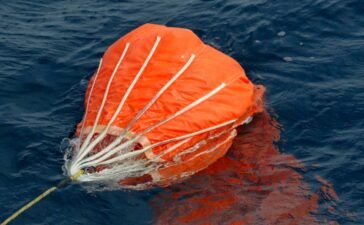
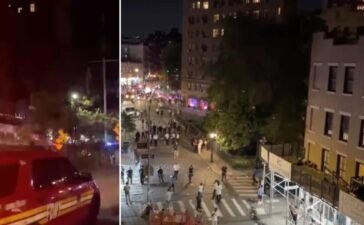
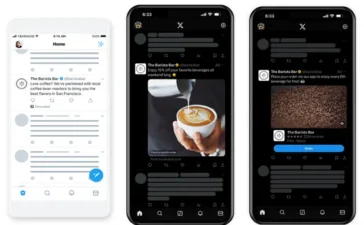

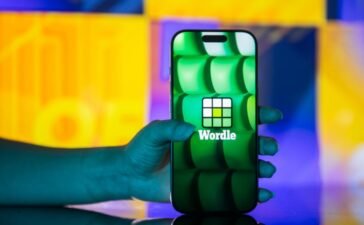
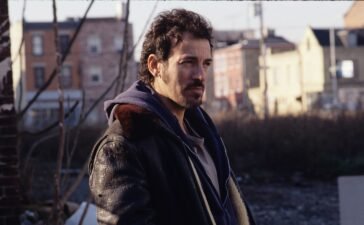


Recent Comments